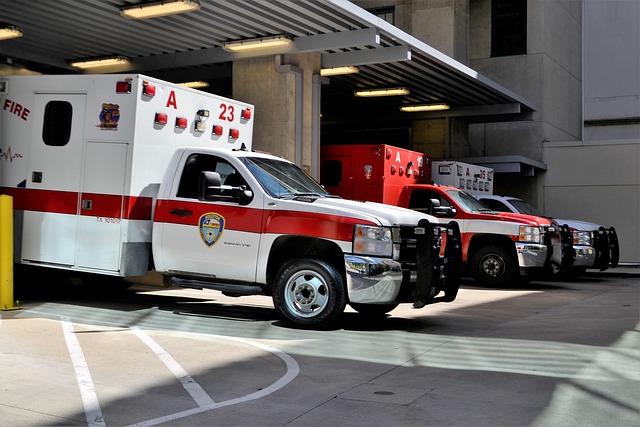After a storm, your Anderson, SC property may be left with damaged or fallen trees, posing significant safety hazards. Understanding the extent of storm damage to trees is crucial. This guide delves into the intricacies of expert tree removal services for storm-damaged properties in Anderson, SC. From evaluating tree hazards and safety concerns to understanding the efficient and safe tree removal process, this article provides essential insights to help you navigate these challenging situations.
- Understanding Storm Damage to Trees in Anderson, SC
- When to Call for Professional Tree Removal Services
- Evaluating Tree Hazards and Safety Concerns
- Efficient and Safe Tree Removal Process Explained
Understanding Storm Damage to Trees in Anderson, SC
In Anderson, SC, understanding storm damage to trees is crucial for prompt and effective tree removal for storm-damaged trees. Severe weather events, such as hurricanes, thunderstorms, and lightning strikes, can leave behind a landscape of damaged or dead trees. Strong winds, heavy rainfall, and falling debris often cause significant structural harm, making these trees unstable and potentially dangerous.
Homeowners should assess their property carefully after a storm to identify any trees that may require tree removal for storm-damaged trees services. Look for broken branches, uprooted trees, or severe leaning. If you notice any of these signs, it’s essential to contact professionals who specialize in safe and efficient tree removal to prevent further damage or injury.
When to Call for Professional Tree Removal Services
After a storm, it’s natural to want to assess and clean up your property as quickly as possible. However, when it comes to damaged trees, it’s crucial to know when professional tree removal services are necessary. If you notice any of the following signs, it’s time to call experts in tree removal for storm-damaged trees Anderson SC: large branches hanging precariously or showing signs of breakage, split trunks, extensive cracking on the bark, or if trees have fallen over or are leaning at an unnatural angle.
These indications often point to structural integrity issues that can pose significant risks to your property and safety. Trying to remove these trees yourself can be hazardous and may lead to further damage or even injury. Professional tree removal services in Anderson SC have the proper equipment, experience, and expertise to safely assess and remove storm-damaged trees, leaving your property clear and secure for reconstruction efforts.
Evaluating Tree Hazards and Safety Concerns
When a severe storm hits, it can leave behind a landscape littered with damaged trees—a common sight in Anderson, SC, and surrounding areas. Before attempting to remove any storm-damaged trees, it’s crucial to evaluate potential hazards and safety concerns. These include unstable tree structures that could fall unexpectedly or branches that might snap and cause injury.
Professional tree removal services for storm-damaged properties are equipped with the knowledge and tools to assess these risks accurately. They consider factors like root damage, trunk splits, and surrounding structures before deciding on the best course of action—whether it’s pruning severely damaged parts, removing the entire tree, or securing hazardous branches. Prioritizing safety ensures not only your well-being but also helps prevent further property damage during the removal process in Anderson, SC.
Efficient and Safe Tree Removal Process Explained
After a severe storm, many homeowners in Anderson, SC, are faced with the daunting task of assessing and addressing damaged trees on their properties. Efficient and safe tree removal is crucial to prevent further hazards and ensure the safety of your family and neighbors. The process involves several steps designed to mitigate risks and handle the job effectively.
First, arborists carefully inspect the trees to assess the extent of damage, identifying broken branches, uprooted trees, or structural instability. Based on their findings, they develop a safe removal plan, utilizing specialized equipment for cutting and extracting trees while minimizing impact on surrounding areas. Throughout the process, safety is paramount, with workers donning protective gear and adhering to strict protocols to prevent accidents. Once the tree is safely removed, the site is meticulously cleaned, ensuring no debris poses a risk or causes further damage.
